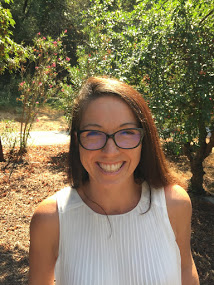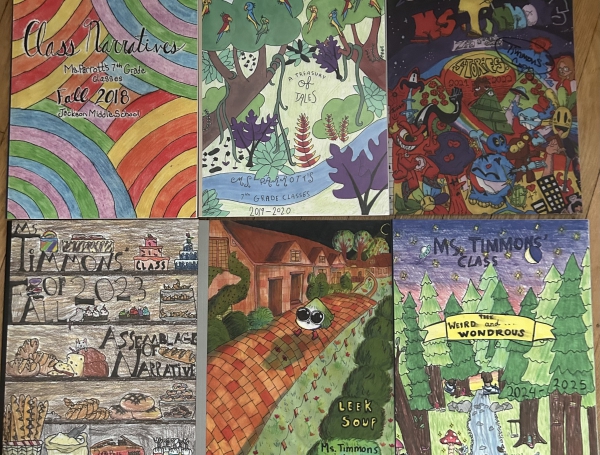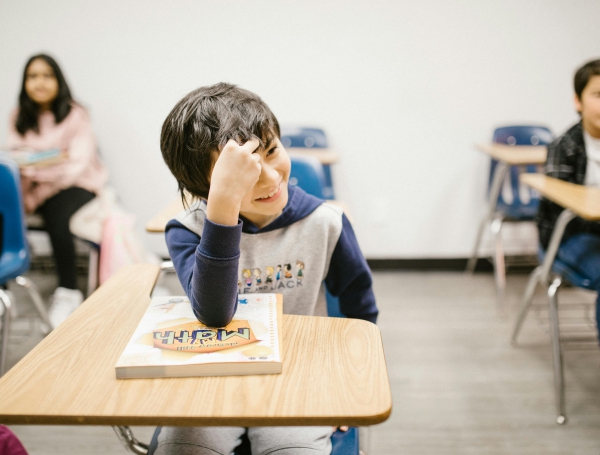

6 Simple Ways To Promote An Attitude Of Gratitude In Your Classroom
October 30, 2017
In the wake of school violence, suicide and a host of other social problems that plague children and youth, teachers and school districts are hurdled with another challenge, equipping children with the socio-emotional skills to thrive in a democratic society and lead a productive life.
Social-emotional skills (SEL) support student growth and personal development; including relationship building, empathy and self-management strategies that not only develop children's ability to manage and regulate their behavior but research has also attributed to higher academic achievement, happiness, self-worth and pro-social behavior.
One such practice that can help nurture a child's social-emotional skills is Gratitude.
So what is gratitude?
George Simmel coined it “the moral memory of mankind.” Gratitude encourages us to appreciate people, places and things but also repay them. It's why I pick up litter on the street and don't say nasty things when I am feeling angry. I know in my head that "this too shall pass" and "don't sweat the small stuff".
The importance of teaching gratitude is paramount. In a world where kids are constantly exposed to images, advertising, and world events that can rock their perception of what is meaningful, important and valued in our society we need to teach our kids how to show they care and are grateful.
Here are a few ways to teach gratitude in your classroom:
1. First, define gratitude with your students and explicitly model and recognize ways that students demonstrate gratitude with each other.
Learning starts with understanding. Show a few TED talk videos that help students conceptualize gratitude from looking at life from another's perspective.
Older kids will appreciate hearing other's perspective and how they overcome adversity. Muniba Mazari overcame incredible obstacles in her life and students can learn from her experience and perspective.
2. Next, develop a mindset of appreciation in your classroom.
Start the day with a positive affirmation (see the glass as half full and not half empty). Use positive affirmations as journal prompts to respond and reflect on what they will do to make a difference in their life and others.
3. Provide opportunities for students to show gratitude to peers in their class and school.
I love the book "Have you Filled your bucket today" to teach younger children how to understand empathy and feelings. Older kids can engage in blogs to show gratitude to each other by providing compliments through blog post comments.
4. Model and set high expectations for gratitude.
It's vital for teachers to insist on politeness and respect as part of the classroom culture. One quick classroom management routine is to greet students at the door and say "thank you for coming to class today to learn" at the end of the period stand at the door and have the students shake your hand and say "thank you for teaching." Tickets out the door can also be used to give gratitude.
5. Integrate gratitude in all aspects of curriculum.
I am a strong believer that SEL should not be a stand-alone by-product of your classroom curriculum but integrated as authentic activities and projects. For example, in an earlier post on building on life experiences, students surveyed peers about what they did over the holiday break. As an extension they can write a thank you note to a family or friend that made this event so special.
6. Find a silver lining in all that you do.
The sooner children realize life is filled with high's and low's they are more likely to develop what Dweck defined as a "growth mindset" and view bad experiences as areas for growth, rather than adopting a fixed mindset that believes experiences represent who they are and what they are capable of.
What other ways do you incorporate an "attitude of gratitude" in your classroom? Share your experience with us as we seek to develop gratitude in the work that we do as teachers and leaders in education.

Dr. Patricia Dickenson has taught grades K-9 she currently works with pre-service teacher candidates. She has three school aged children and loves to create curriculum.




